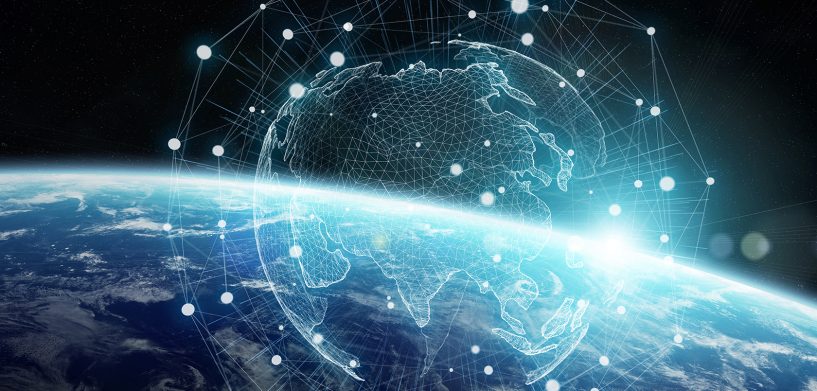From Smart Digital Realities towards an Autonomous Future
Across all industries, from mobility to smart construction, Hexagon’s goal is to change the world for the better — to facilitate efficiency and achieve sustainability. We drive this change by taking concepts that others once thought of as fictional or impossible and making them real in ways that benefit everyone.
We believe that putting data to work will make business, industry and humanity sustainably thrive. These beliefs have shaped our vision of empowering an autonomous future.
In today’s automated and hyperconnected world, data creation is outpacing our ability to leverage it. Data sitting idle and unconnected is not creating value. Autonomy enables you to put your data to work and to turn unpredictability into an advantage by enabling you to be proactive, predictive and even preventative.
If we capture the physical world around us in accurate detail and create accurate digital twins, we can analyse what is and simulate what can be, and thus drive better decisions. Artificial intelligence elevates digital twins, and such smart digital realities are a path towards true autonomy.
Capturing the real world
Hexagon’s legacy has always been linked to data; we emerged as a leader in sensor solutions nearly 20 years ago. It’s our strength in this area that has enabled reality capture and digital positioning of the physical world.
We then began investing in software solutions to not only unlock more value from sensor data but also to offer the ability to design, simulate and provide location intelligence for real-world scenarios.
Today we combine our sensors, software, artificial intelligence and autonomous technologies to deliver digital reality solutions. With our BLK series of scanners, we are achieving our mission with devices that make reality capture accessible, easy to use and — with the newest additions to our portfolio — completely autonomous.
BLK360: Our most compact laser scanner, the award-winning BLK360 uses a 360° laser distance meter and high-definition panoramic imaging to create a 3D point cloud of the space around it.
BLK2GO: The BLK2GO is a handheld imaging laser scanner that creates a 3D digital twin while you walk through a space. It’s the fastest and easiest way to scan a large building, structure or environment.
BLK247: The first of its kind, the BLK247 expands the boundaries of what is truly possible with real-time 3D surveillance and security. The BLK247’s sensor fusion technology brings LiDAR, video and thermal imaging sensors into one device that monitors spaces in three dimensions.
BLK ARC: BLK ARC brings autonomous navigation laser scanning to powerful robotic innovations and takes reality capture where it’s never gone before. As a module, it can be integrated with many different robotic platforms for a wide range of different applications where sending humans to do the job can be difficult or even dangerous.
BLK2FLY: BLK2FLY enables users to capture complex buildings and structures completely — from facades to roof — by bringing reality capture to previously inaccessible spaces. BLK2FLY creates its own scan path, flying around structures while capturing reality in 3D. And, after a successful mission, BLK2FLY returns home safely.
Bringing smart digital realities to life
BLK2GO, BLK ARC and BLK2FLY connect directly to HxDR, our cloud storage, collaboration and visualisation platform. These sensors upload their data automatically to the cloud, where users view and share data with colleagues near and far. HxDR users can explore highly realistic visualisations by navigating through a detailed 3D space with full control over movements, views and perspectives.
Imagine being able to put on a pair of augmented reality (AR) glasses and place yourself inside the smart digital reality that you have created. The combination of spatial anchoring — as introduced by the recent acquisition of Immersal — and smart digital realities invites us to connect with the world in new and exciting ways.
HxDR can also apply data autonomously to real world situations, from automation processors on factory floors to special effects in extended reality, such as VR or AR. And because we have gained efficiency and sustainability through autonomous sensors, we have the freedom to explore and uncover what matters most to create a better world that benefits all of us.
With the introduction of BLK ARC and BLK2FLY, Hexagon is starting a new journey of autonomous reality capture. And with the power of HxDR, we can bring all of that data together, put it to work and accomplish our vision for an autonomous future.
The future is here when it comes to autonomy. The next step is using reality capture to push the boundaries of what’s possible.
For more information on how Hexagon’s smart digital realities are empowering an autonomous future—or to learn more about how the organisation is enabling the innovative use of technology—you can register to watch On Demand sessions from the HxGN LIVE GeoSummit 2021.

















